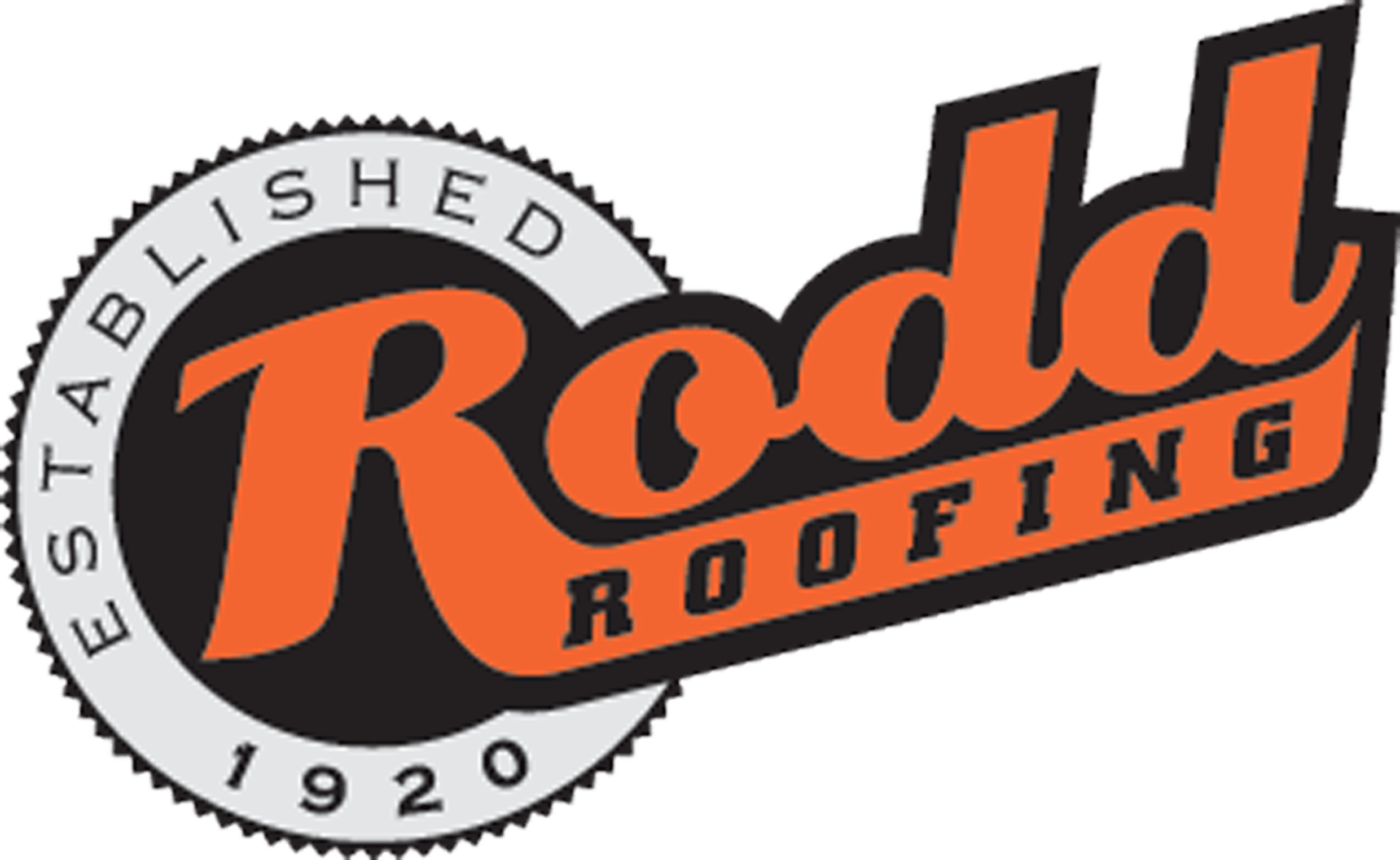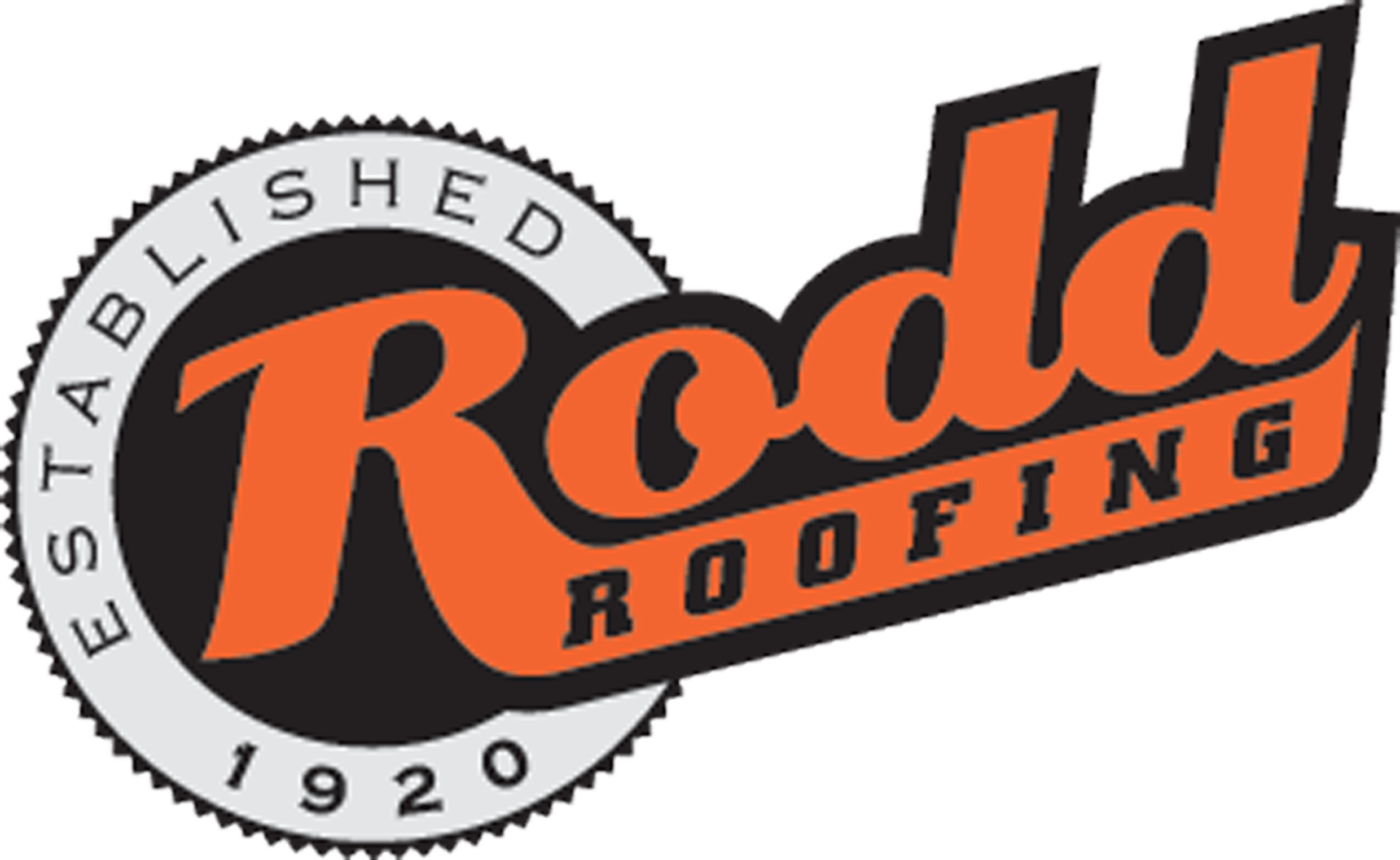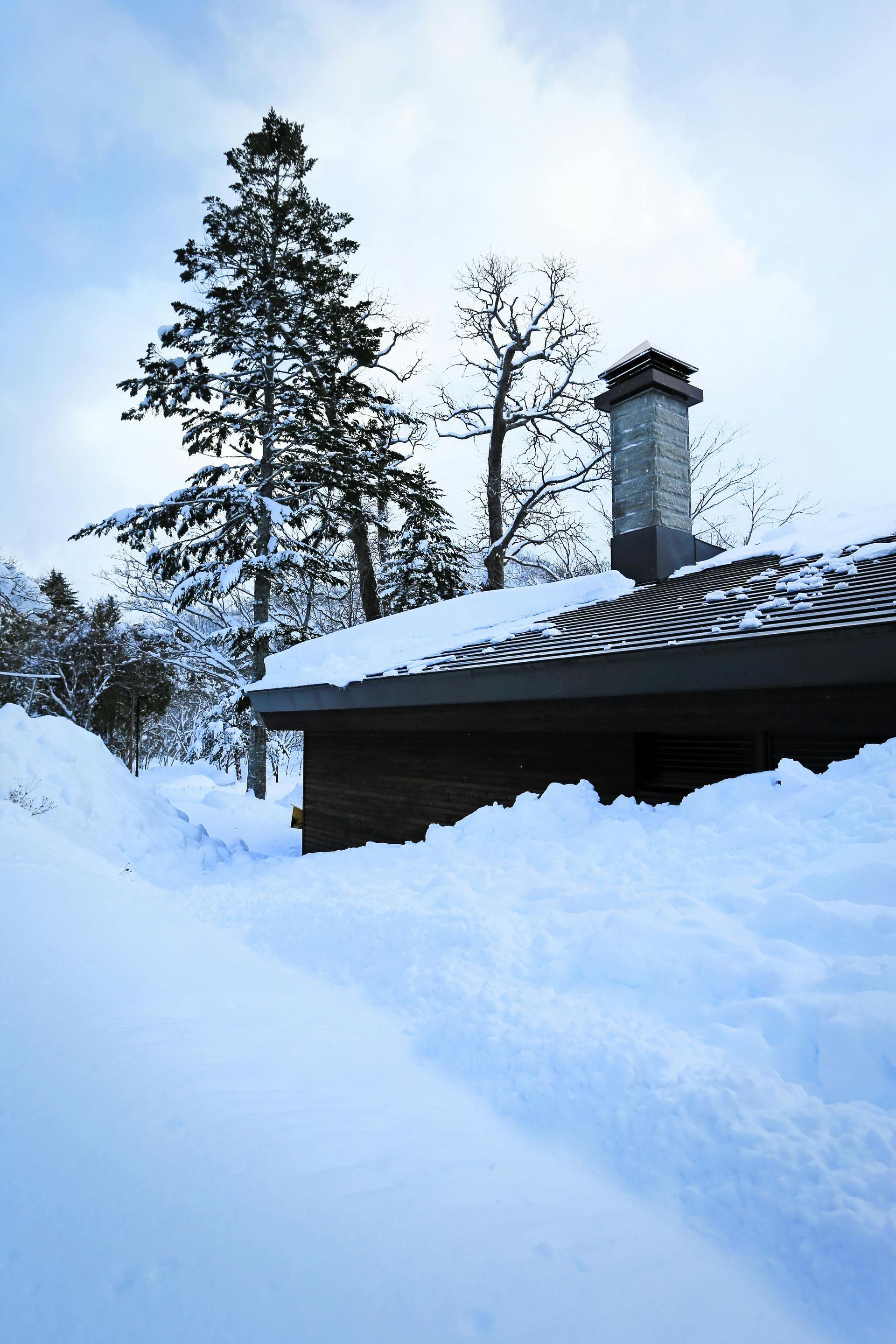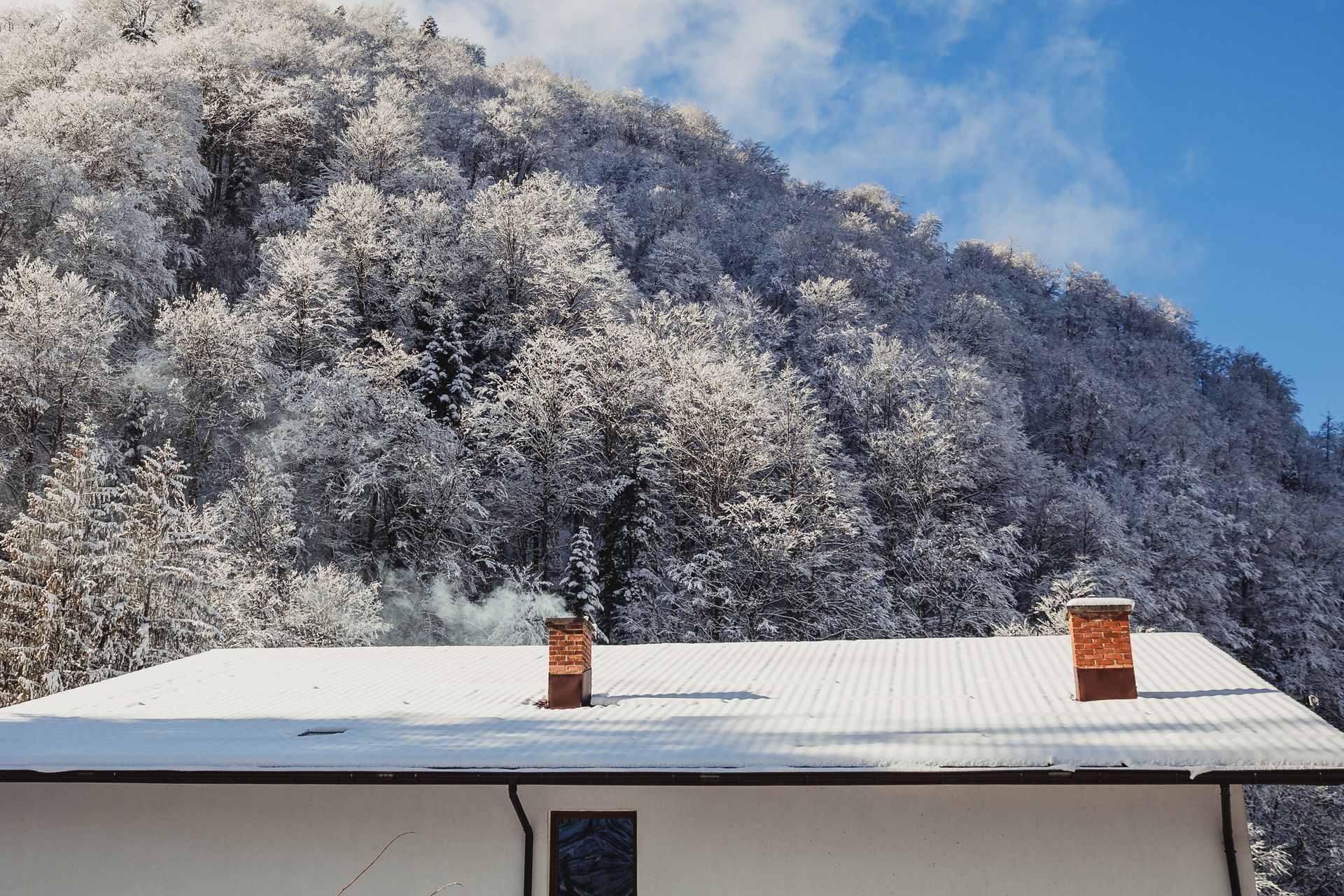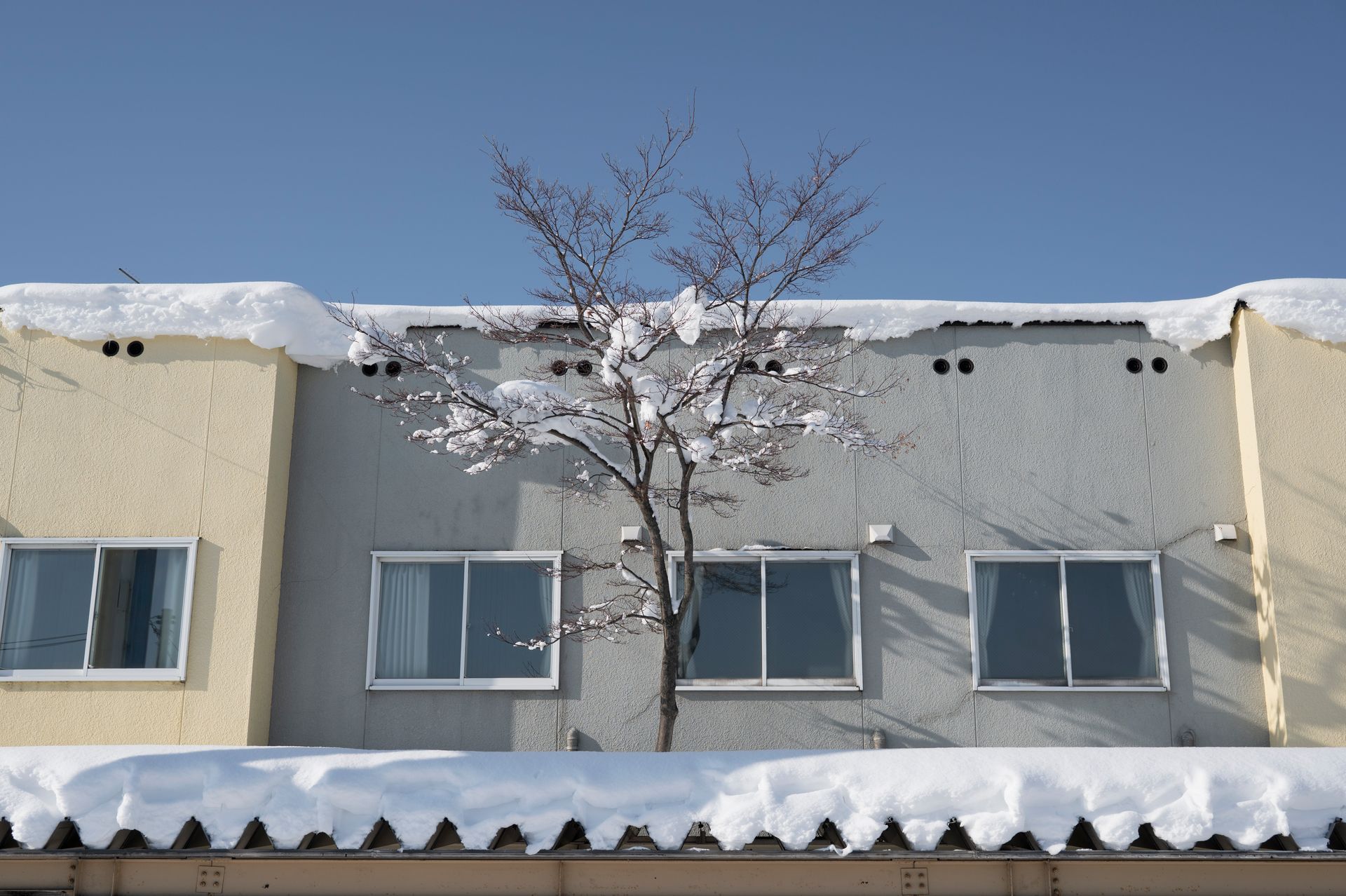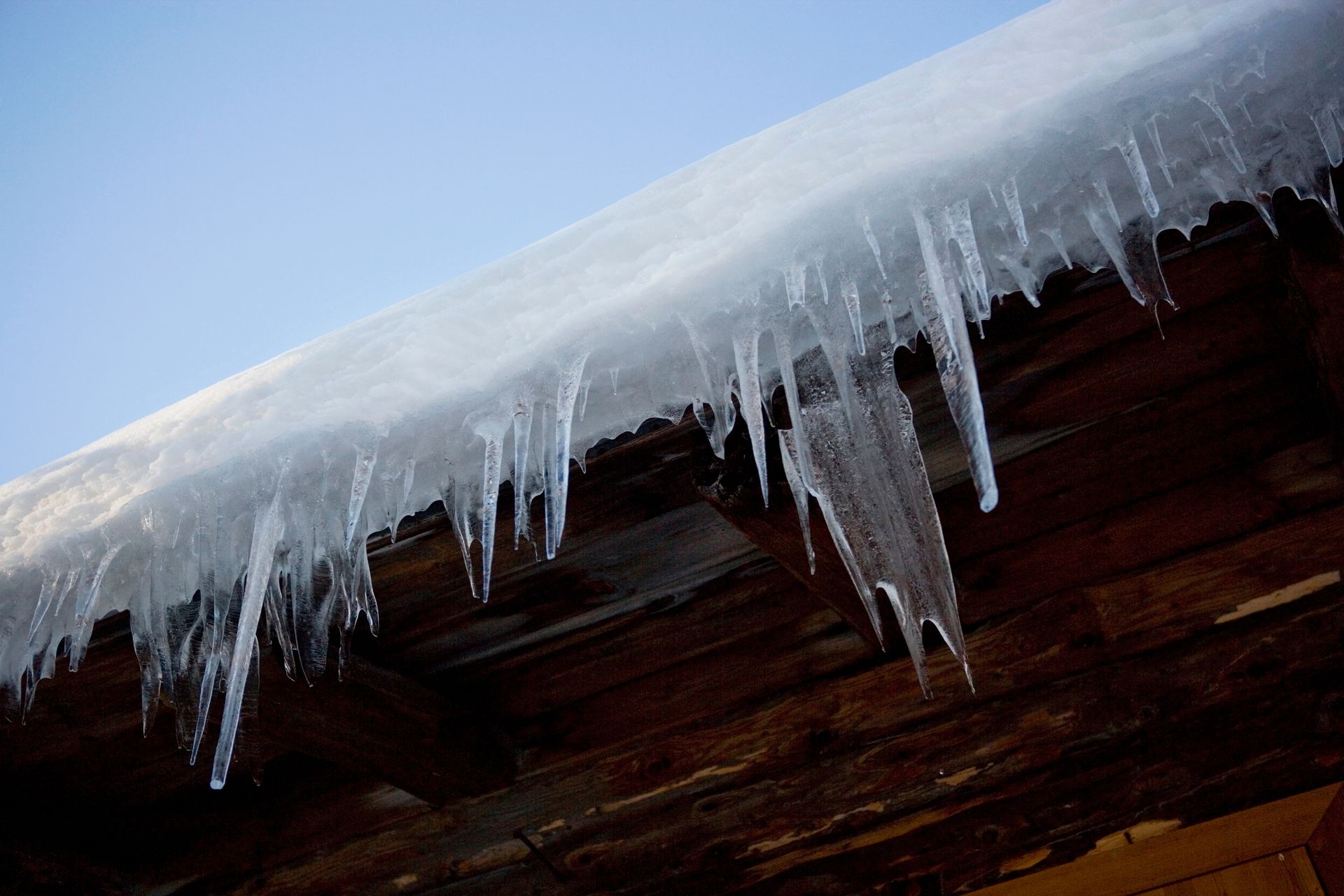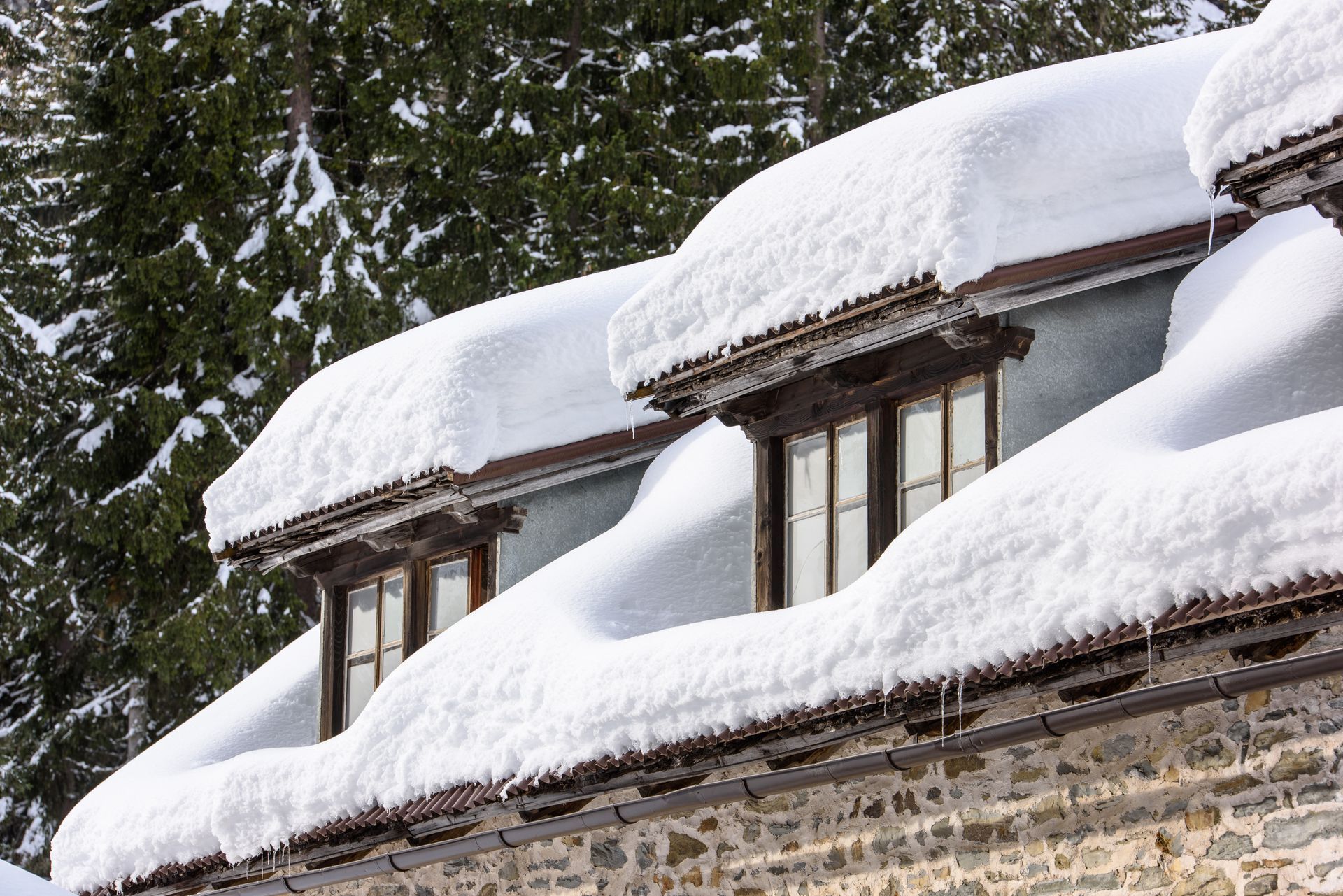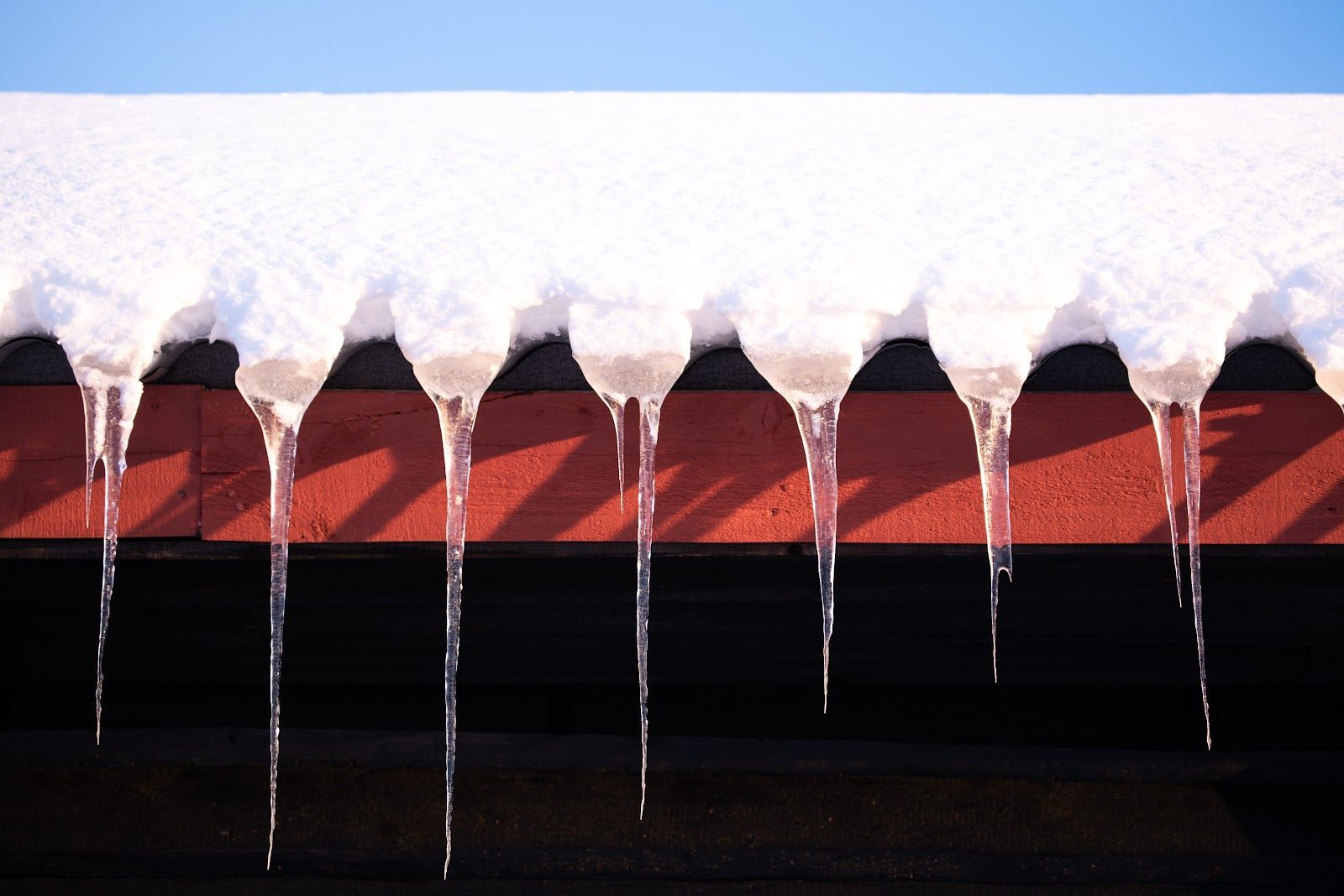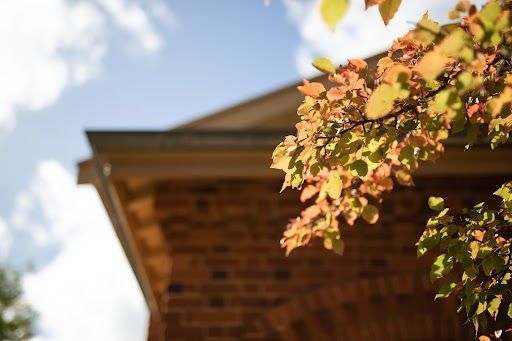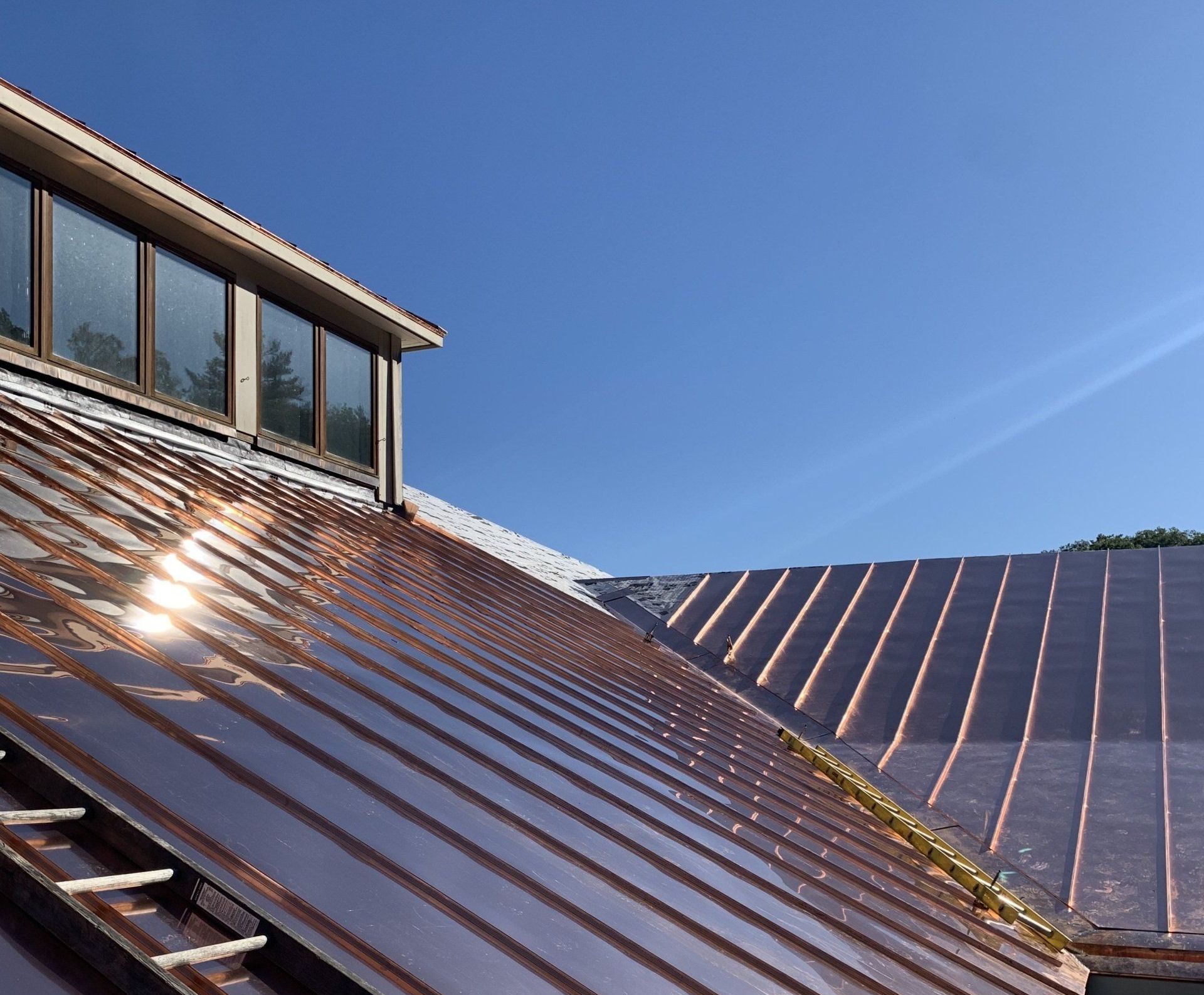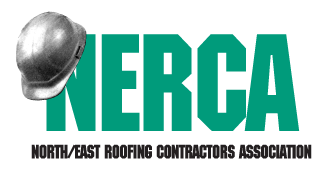What’s Under Your Shingles? The Unsung Heroes of Roof Protection
The Power of What You Can’t See: How Underlayment, Flashing, and Ventilation Work Together
When you think about your roof, it’s easy to picture what you can see—shingles, tiles, or metal panels. But at Rodd Roofing, we know the real strength of your roofing system lies in the layers you don’t see. Just like a solid foundation supports a sturdy home, the hidden components beneath your shingles work together to protect your home from water, wind, temperature swings, and time.
Let’s pull back the shingles and shine a light on the unsung heroes of roof protection: underlayment, flashing, and ventilation.
1. Underlayment: Your Roof’s First Line of Defense
Underlayment is a waterproof or water-resistant material installed directly on top of your roof decking and underneath the shingles. It acts as a barrier that keeps moisture from reaching the wood structure below in the event of wind-driven rain or ice damming.
There are typically two types of underlayment:
- Felt – A traditional and cost-effective option, made from asphalt-saturated paper.
- Synthetic Underlayment – Lightweight, tear-resistant, and increasingly popular for its durability and performance.
Why It Matters:
- Adds an extra layer of water resistance
- Helps protect against leaks during storms or when shingles are damaged
- Extends the life of the roof structure
2. Flashing: The Leak Stopper
Flashing is a thin material—often aluminum or galvanized steel—used to direct water away from vulnerable areas of the roof like chimneys, skylights, valleys, and vents. It’s especially important where two surfaces meet or where roof penetrations occur.
Common types of flashing include:
- Step Flashing – Used along walls and roof intersections.
- Valley Flashing – Installed in roof valleys where two slopes meet.
- Chimney Flashing – Seals the area around the base of a chimney.
- Drip Edge – Guides water off the roof and into the gutter system.
Why It Matters:
- Prevents water intrusion at critical points
- Reduces the chance of mold, rot, and interior damage
- Ensures the roof system performs properly over time
3. Ventilation: Keeping the Air (and Roof) Flowing
Roof ventilation systems might be the most overlooked component—but they’re crucial to the long-term health of your roof and your home. Proper ventilation allows hot, moist air to escape from the attic, helping to regulate temperature and prevent condensation buildup.
A well-ventilated roof typically includes:
- Ridge vents – Installed along the peak of the roof to allow rising warm air to escape.
- Soffit vents – Located under eaves to let cooler air into the attic.
- Gable vents – Placed on gable ends to promote cross-ventilation.
- Powered attic fans – Help regulate attic temperature and moisture.
Why It Matters:
- Prevents ice dams in winter and heat damage in summer
- Helps reduce energy bills by regulating attic temperature
- Extends the life of roofing materials and improves indoor comfort
When the Hidden Layers Work Together
While shingles may be your roof’s first impression, it’s the underlayment, flashing, and ventilation that ensure it holds up under pressure. When installed properly and maintained regularly, these components create a complete roofing system that’s weather-resistant and ready to handle Vermont’s unpredictable weather.
Trust Rodd Roofing to Protect What’s Underneath
At Rodd Roofing, we believe a great roof is more than just what you see from the curb. That’s why we take the time to do it right—from inspecting flashing details to choosing the best underlayment and ensuring every roof we install is properly ventilated.
Whether you’re replacing an aging roof or building from scratch, we’ll make sure the invisible layers are just as strong as the ones you can see.
🛠️ Ready to protect your home from the top down? Contact Rodd Roofing today for expert roofing inspections and quality installation.
